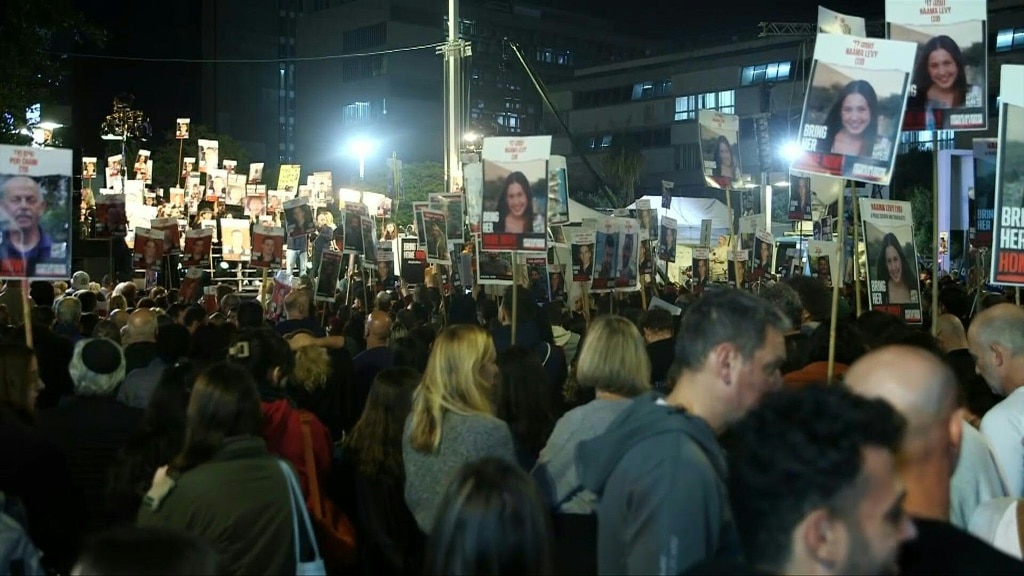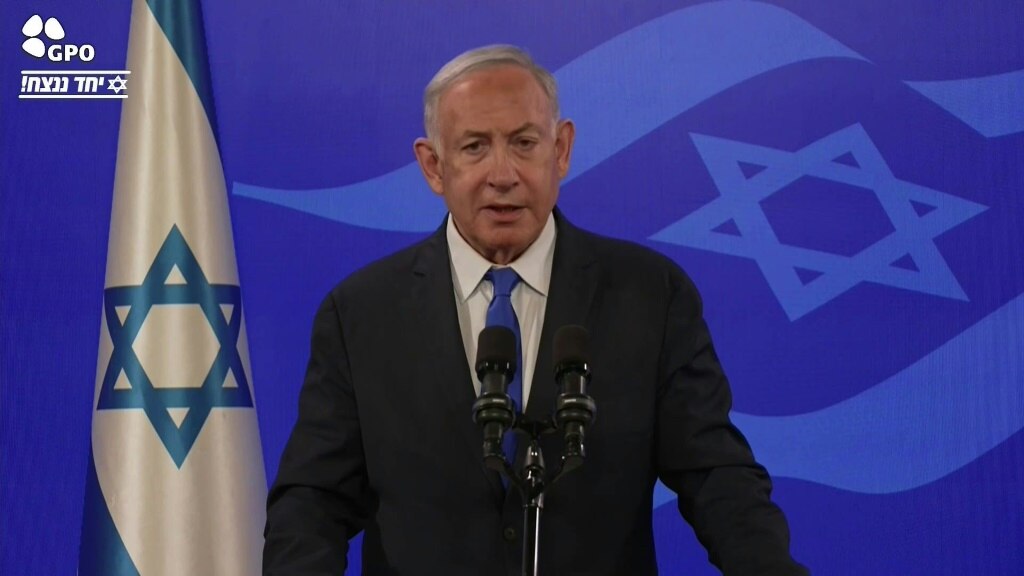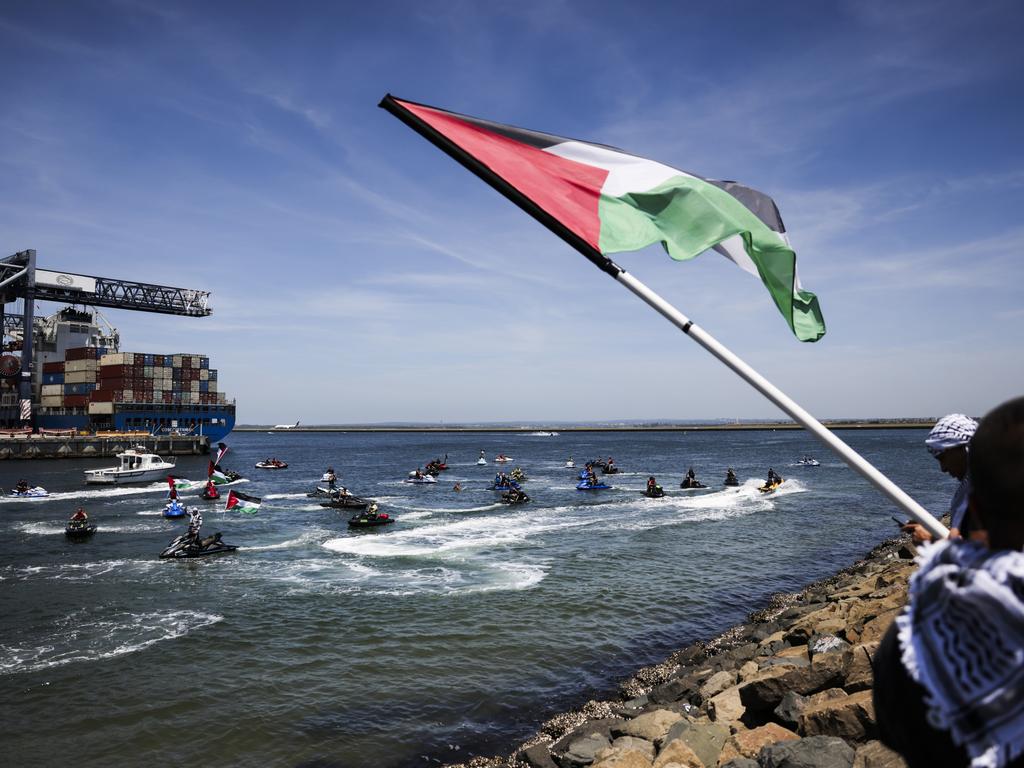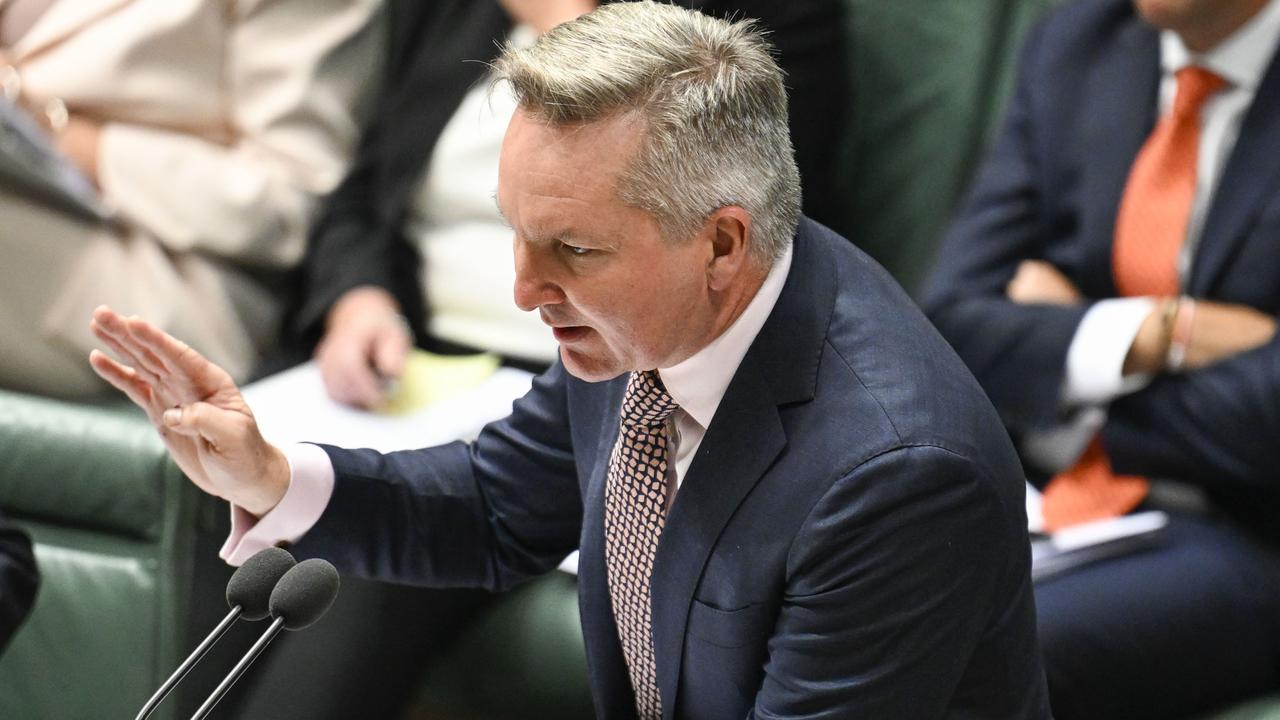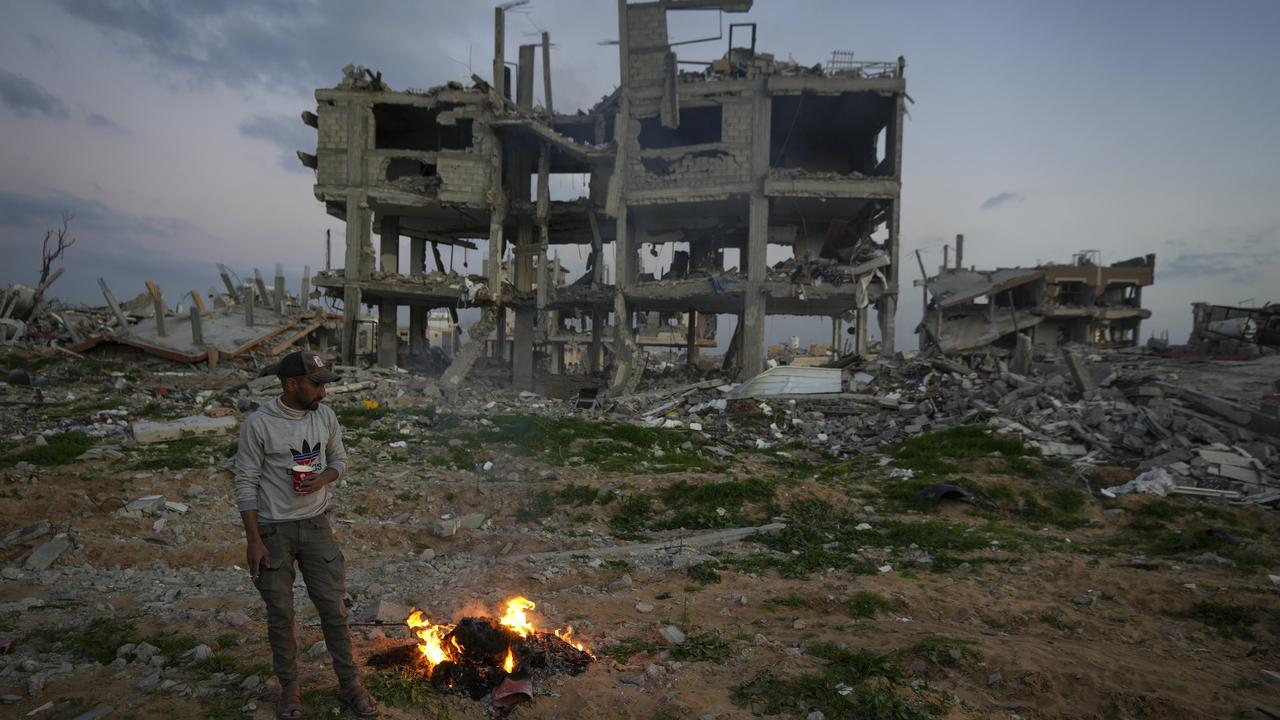Israel-Hezbollah escalation risks war at Lebanon border
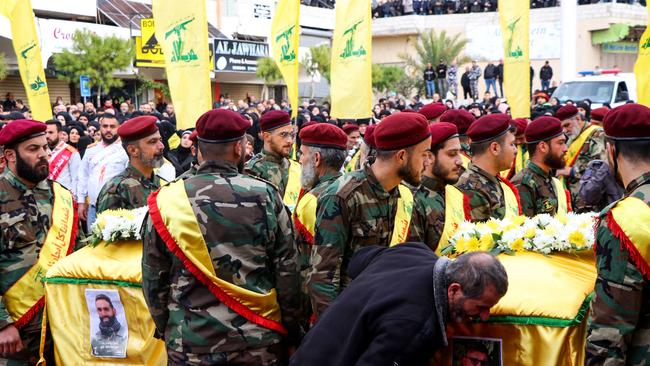
I have had the unusual experience of seeing southern Lebanon from both the Israeli and Lebanese sides of the border. I first viewed southern Lebanon from the Golan Heights in Israel in 2000, and then again in July/August 2023 when I visited Lebanon as a tourist.
My visit to the south coincided with Ashura, the Muslim festival, so most places of interest were closed. I did, however, have the opportunity to talk to some members of Hezbollah.
I had hoped to visit the popular Hezbollah Museum for Resistance Tourism, where Hezbollah displays captured Israeli equipment and where there are bunkers and tunnels from the 2006 conflict with Israel. The museum opened in May 2010, to mark the 10th anniversary of Israeli withdrawal from southern Lebanon. It has had more than two million visitors so far.
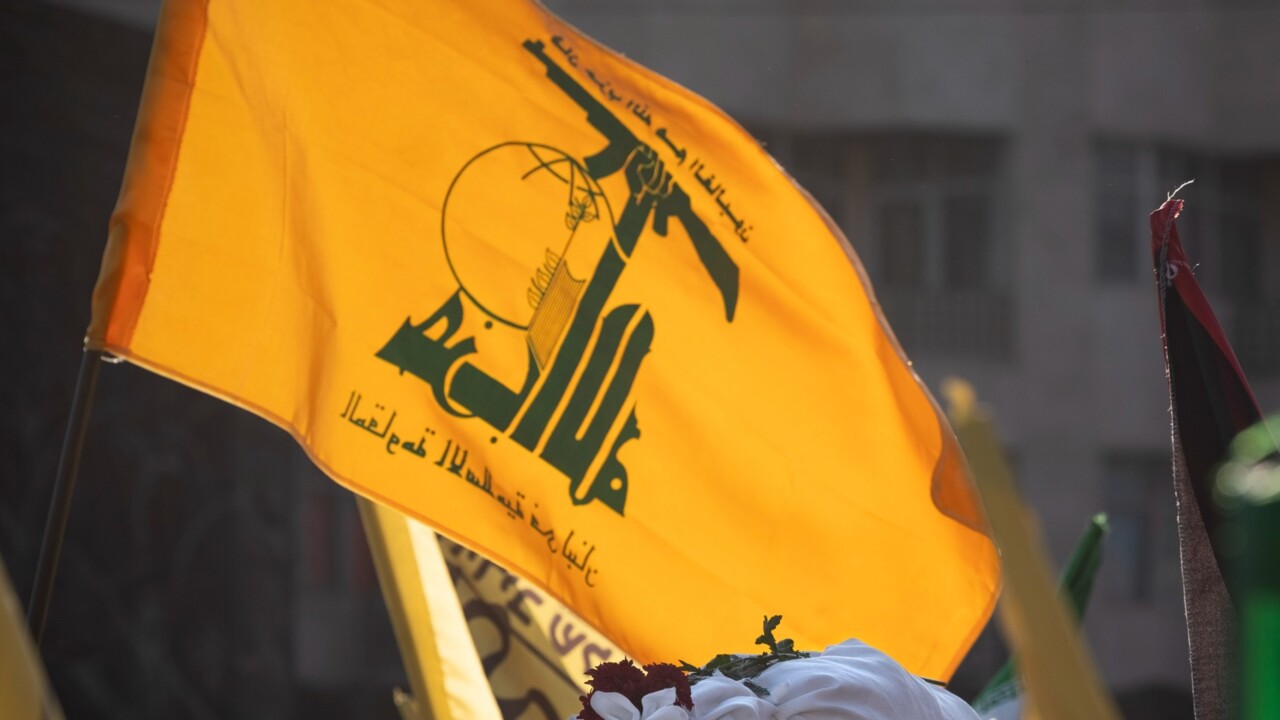
What, then, is Hezbollah? Hezbollah – commonly translated as Party of God – is a Lebanese Shia Islamist political party and militant group, led since 1992 by Secretary-General Hassan Nasrallah. Hezbollah’s 50,000 strong military wing comes under its Jihad Council, and its political wing is the Loyalty to the Resistance Bloc party in the Lebanese parliament. As a political and social organisation Hezbollah engages on an ongoing basis with international organisations and foreign governments.
Hezbollah was at one time supported financially by Shia Iran, but that seems less to be the case now because of Iran’s own economic problems. Its funding now seems to come from a variety of sources including Syria, Iraq, Qatar and the up to 15 million Lebanese diaspora.
Hezbollah’s military wing is particularly active in southern Lebanon where about a third of the population are Shia. Hezbollah claims that it is mainly a political, social and military organisation with no intention of attacking Israel – unless Israel attacks it first.
I am aware that since the 1990s, Hezbollah has supported Hamas and the Palestinian Islamic Jihad in their fight against Israel. It seems to be mainly a case of “the enemy of my enemy (Israel) is my friend”, as they have little in common from a religious perspective.
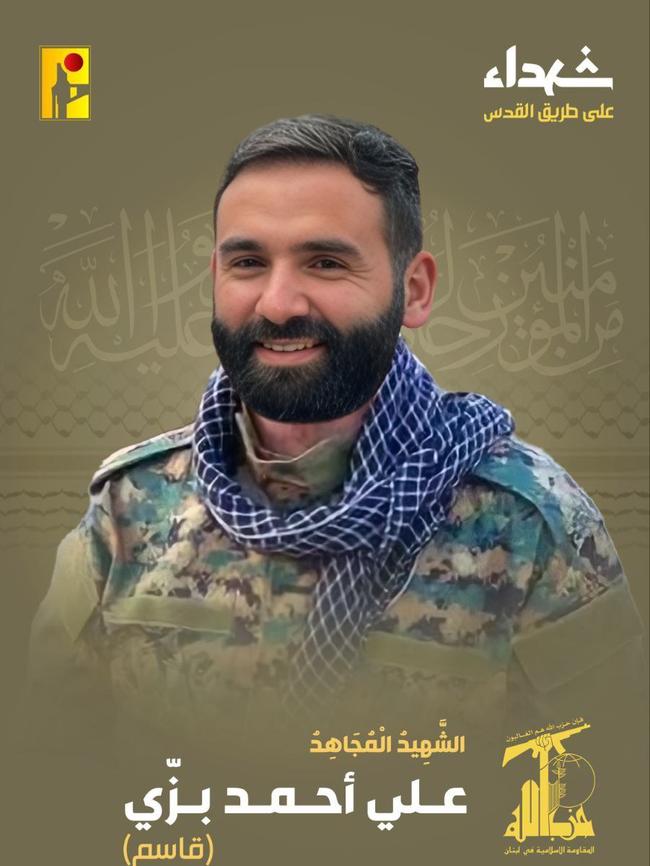
Most Shia young men in southern Lebanon seem to be associated with Hezbollah. Some are probably Australian dual nationals. The whole of Hezbollah has been proscribed by Australia as a terrorist organisation since 2021, in line with a similar listing for Hamas.
The October 7 Hamas terrorist attack on Israel inevitably heightened tensions along the Lebanon-Israel border. Hezbollah declared support for the Hamas attack, and on October 8 launched rockets and fired artillery rounds at Israeli positions in the disputed Shebaa Farms area.
Israel retaliated by launching drone strikes and artillery rounds at Hezbollah positions near the Israeli-occupied Golan Heights. The conflict seemed to have settled into a steady rhythm of tit-for-tat exchanges until the past week when the IDF stepped up its targeting of what it claims are Hezbollah sites in southern Lebanon.
On December 26, an Israeli air strike on Bint Jbeil killed three people, two of whom were Australians. One of the Australians was apparently a Hezbollah fighter. Since then, the Israeli Air Force has carried out widespread air strikes in southern Lebanon as Hezbollah continued to attack areas of northern Israel with rockets and drones.
So far 72,000 civilians have been displaced in southern Lebanon and 80,000 in northern Israel. The fatality figures to date are approximately 201 militants (108 being Hezbollah), 12 IDF personnel (three non-combat), 23 Lebanese civilians, four Israeli civilians, two Syrian civilians and one Lebanese soldier. Three of the civilians were journalists.
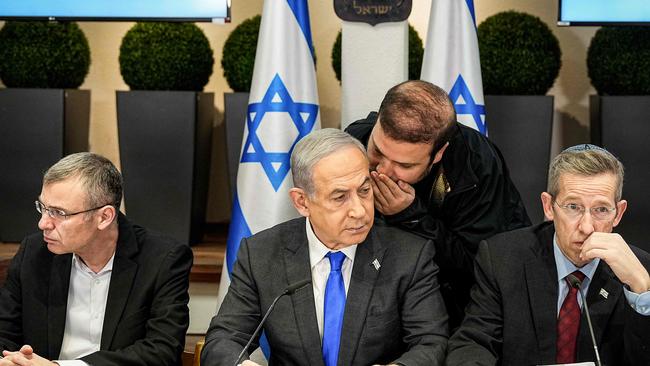
Thus far, however, Hezbollah and the IDF have stopped short of a substantial military ground engagement. It would be much more dangerous for both sides and would greatly increase the IDF’s casualty figures.
In recent days, senior Israeli officials have suggested they could take stronger action against Hezbollah, including targeting the Secretary-General of Hezbollah, Nasrallah, unless Hezbollah backs off.
That’s a credible threat as the IDF killed Nasrallah’s predecessor, Abbas al-Musawi, in 1992.
Killing Nasrallah would likely spark a regional conflict that could draw in both the US and Iran. A major concern is that a wider conflict might just suit Israeli Prime Minister Netanyahu’s political interests and help distract international attention away from the more than 20,000 Palestinian civilians killed so far in Gaza.
Clive Williams is a visiting fellow at the ANU’s Strategic and Defence Studies Centre.

